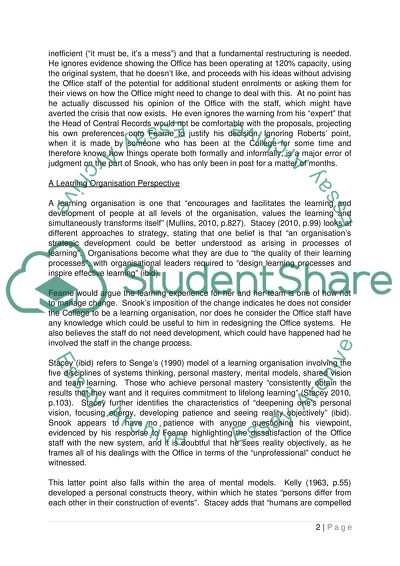Cite this document
(“Managing change at bingham business college Essay”, n.d.)
Retrieved from https://studentshare.org/environmental-studies/1406069-managing-change-at-bingham-business-college
Retrieved from https://studentshare.org/environmental-studies/1406069-managing-change-at-bingham-business-college
(Managing Change at Bingham Business College Essay)
https://studentshare.org/environmental-studies/1406069-managing-change-at-bingham-business-college.
https://studentshare.org/environmental-studies/1406069-managing-change-at-bingham-business-college.
“Managing Change at Bingham Business College Essay”, n.d. https://studentshare.org/environmental-studies/1406069-managing-change-at-bingham-business-college.


